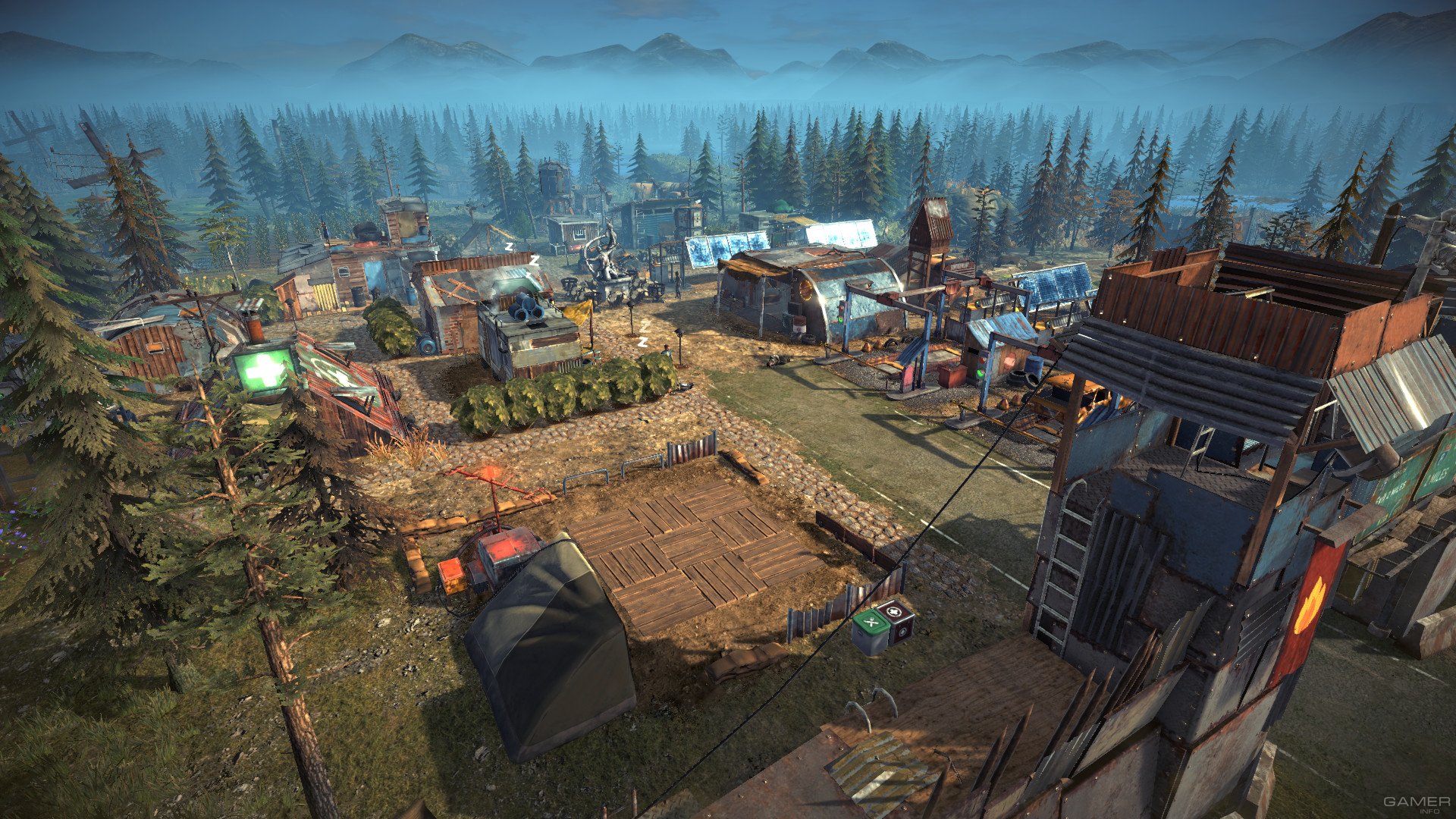

Resilience is a focus of specific parts of some systems, for instance military and health systems, but some systemic risks are the consequence of attempts to maximise efficiency in subsystems leading to suboptimal efficiency at higher levels. In complex systems, tensions exist between efficiency and resilience, the ability to anticipate, absorb, recover, and adapt to unexpected threats. While this has provided considerable opportunities, it has also made the systems we rely on in our daily lives (e.g., international supply chains) vulnerable to sudden and unexpected disruption (Juttner and Maklan, 2011 OECD and FAO, 2019). As a result, much of the world now relies on complex, nested, interconnected systems to deliver goods and services. This was not a conscious collective choice, but the response of the whole system to the incentives that individual components face. Recent decades have emphasised efficiency in the operation, management and outcomes of various economic and social systems. A systems approach based on resilience is proposed to prepare socioeconomic systems for future shocks. While this approach has many benefits, the Covid-19 crisis shows how it has also reduced the resilience of key systems to shocks, and allowed failures to cascade from one system to others. This has brought much of the world to rely upon complex, nested, and interconnected systems to deliver goods and services around the globe. The emphasis on efficiency in the operation, management and outcomes of various economic and social systems was not a conscious collective choice, but rather the response of the whole system to the incentives that individual components face. This paper argues that such an approach ignores how systems interact and how their systemic properties shape this interaction, leading to an over-emphasis on a limited set of characteristics, notably efficiency. Urness is the author of “ Best Hikes with Kids: Oregon” and “ Hiking Southern Oregon.” He can be reached at or 50.Policymakers often have a linear view of the world, where pulling the right levers will get the economy and society back on track after shocks and crises. Zach Urness has been an outdoors reporter in Oregon for 15 years and is host of the Explore Oregon Podcast. While it is getting late in the season for potential snow in the Willamette Valley, it's certainly not unheard of and has happened in recent history, Bishop said. Six to 12 inches is forecast for I-5 at Siskiyou Summit, on the Oregon-California state line, while other mountains roads in southwest Oregon could also be hard hit.

Snow also possible in southern Oregon, WashingtonĪnyone traveling Interstate 5 into California or Washington will face similar challenges. "Daytime high temperatures are warm enough that any snow that did fall would not last long," Weagle said.īishop said even if snow doesn’t arrive, heavy hail could arrive on Friday during particularly heavy downpours. Temperatures are expected to gradually moderate beginning Sunday, ending the potential for lowland snow," added NWS meteorologist Shawn Weagle. "Snow will be most likely to accumulate during the late night and early morning hours, when ground temperatures are the coolest. “The forecast could change quite a lot, but right now we’re putting it at a 20% to 30% chance of more than an inch of snow below 1,000 feet.”Ĭhances of snow are higher in the Columbia Gorge, where showers will be most numerous, meteorologists said. “Right now we can say there is that possibility,” Bishop said. That low elevation snow will be possible every night and morning from Thursday to Sunday morning.

There is cold air swinging into northwest Oregon that could drop snow levels as low as 500 to 1,000 feet, which could impact the higher parts of cities such as Portland, Salem and Eugene. It’s much less clear whether snow will actually fall near the Willamette Valley. Low-elevation, Willamette Valley snow unclear The heaviest snow and worst travel conditions appears to start letting up by Friday evening and into Saturday, but plenty of additional snow still is forecast for the mountain passes through Saturday.

“If people are traveling for spring break late this week and the weekend, they should be aware, check the forecast and check ,” Bishop said.Ĭoast Range Highways between the Willamette Valley and Oregon Coast could see 4 to 12 inches, mainly at the higher elevations. Highway 20), Willamette Pass (Highway 58) and the Mount Hood area (Highway 26). This particularly applies to travel over Santiam Pass (U.S. What’s clear is heavy snow is likely to impact anyone traveling between the Willamette Valley and Central Oregon.


 0 kommentar(er)
0 kommentar(er)
